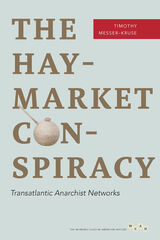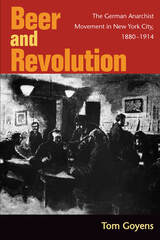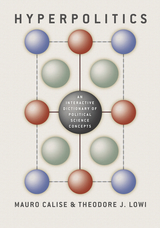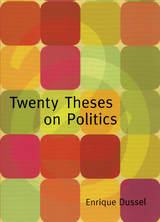Ishikawa Sanshir.’s Geographical Imagination: Transnational Anarchism and the Reconfiguration of Everyday Life in Early Twentieth-Century Japan
Leiden University Press, 2020
Paper: 978-90-8728-343-8 | eISBN: 978-94-006-0374-5
Library of Congress Classification HX947.Z67I846 2020
Dewey Decimal Classification 335.83095204
Paper: 978-90-8728-343-8 | eISBN: 978-94-006-0374-5
Library of Congress Classification HX947.Z67I846 2020
Dewey Decimal Classification 335.83095204
ABOUT THIS BOOK | AUTHOR BIOGRAPHY | TOC
ABOUT THIS BOOK
Antiestablishment ideas in contemporary Japan are tied closely to its recent history of capitalist development and industrialization. Activist Ishikawa Sanshiro exemplifies this idea, by merging European and Japanese thought throughout the early twentieth century. Ishikawa Sanshiro’s Geographical Imagination investigates the emergence of a strand of nonviolent anarchism and uses it to reassess the role of geographic thought in modern Japan as both a tool for political dissent and a basis for dialogue between radical thinkers and activists from the East and West. By tracing Ishikawa’s travels, intellectual interests, and real-life encounters, Nadine Willems identifies a transnational “geographical imagination” that valued ethics of cooperation in the social sphere and explored the interactions between man and nature. Additionally, this work explores anarchist activism and the role played by the practices of everyday life as a powerful force of sociopolitical change.
See other books on: 1876-1956 | Anarchism | Anarchists | Everyday Life | Historical Geography
See other titles from Leiden University Press



























